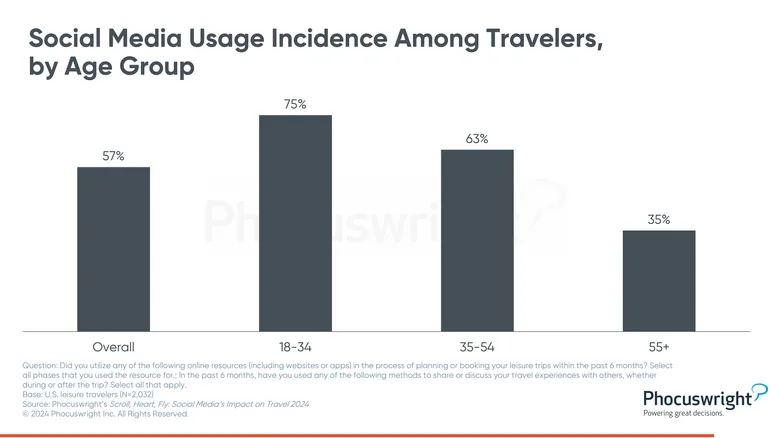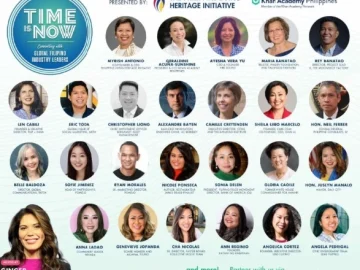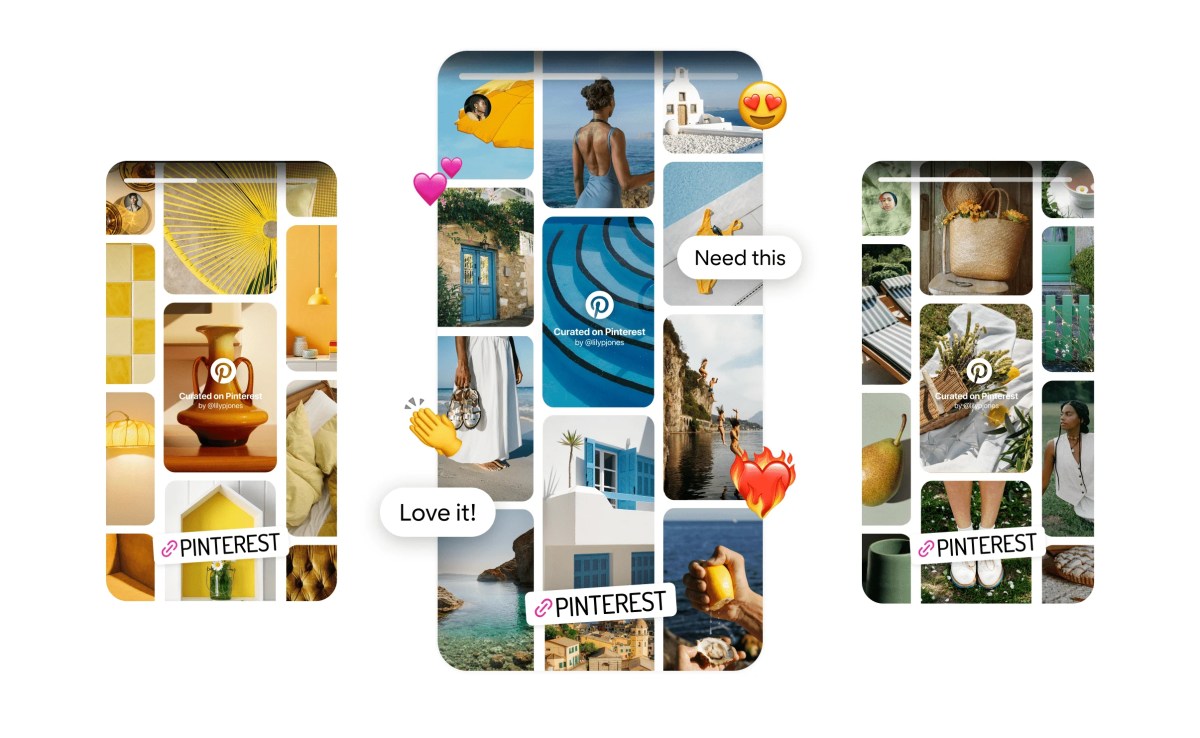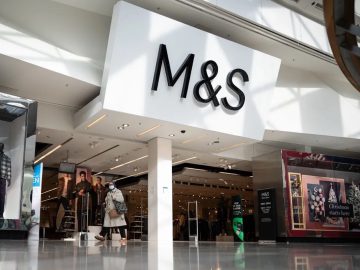-
Nearly Two-thirds Who Use Social Media for Trip Planning Make a Decision Based on That Content
Once consisting of simple sites used to post life updates to family, friends and acquaintances, social media is now a thriving ecosystem of users, brands and influencers.
Almost 17 years after Facebook first introduced advertising, social media marketing and social commerce’s star continues to rise. Marketers have flocked to social media to be where their customers are, fiercely strategizing to pull prospective and existing customers into their funnel.
These platforms may chart a clear path for products with shorter and simpler paths to purchase: Categories like apparel and beauty have found tremendous success with their social marketing. But for travel, the waters remain murky.
On the one hand, social content has played a big role in helping grow tourism in certain places – sometimes to the point where it’s directly linked with overtourism. But in many cases, organizations struggle to measure the true impact of their social strategies. Understanding is clouded by the length of conversion periods, circuitous digital routes to booking, and lack of accurate attribution methods for social channels.
Phocuswright’s latest travel research report Social Media Usage Approach in Travel and larger research series (coming soon) cuts past the mores of social marketing and behavior built for other sectors and delves specifically into the way the platforms are used for travel. It explores the platforms being used for specific components of the trip and how travelers think about which account types and platforms offer the best information. It also explores social media behaviors in travel – what travelers are looking for when they follow branded accounts, “like” content, post their own experiences, or even give formal tags and mentions to travel brands.
Through a better understanding of demographics that embrace social media and the psychology of why people engage with the medium, brands can better position themselves and improve the effectiveness of their social marketing.
A majority of travelers (57%) utilize social media for their trips (see figure below). It’s leveraged for a variety of purposes including finding ideas, general travel information, shopping, making a booking, or sharing content to their pages.

The most common way to involve social media in a trip is through sharing. Nearly two thirds of social users shared content to platforms (other than YouTube) on a recent trip. These posts include both permanent posts to the feed, or stories that disappear after 24 hours.
For social media users, platforms are one of the most popular online resources used for finding trip ideas, second only to general search by a close margin. And the time spent engaging with travel content on social media does make an impact: 62% of social users made a specific trip decision as a result of viewing social media content.
Want more insights into everything social? Phocuswright’s Social Media Usage Approach in Travel is part of a comprehensive consumer research study delving into the specifics of how social media platforms are used for travel. Key questions addressed include:
- What platforms are being used for specific components of the trip and how do travelers think about which account types and platforms offer them the best information?
- What are travelers seeking when they follow branded accounts, “like” content, post their own experiences, or even give formal tags and mentions to travel brands?
- Do distinct demographic groups engage differently with the platforms? If so, how, and what may drive that separation?





